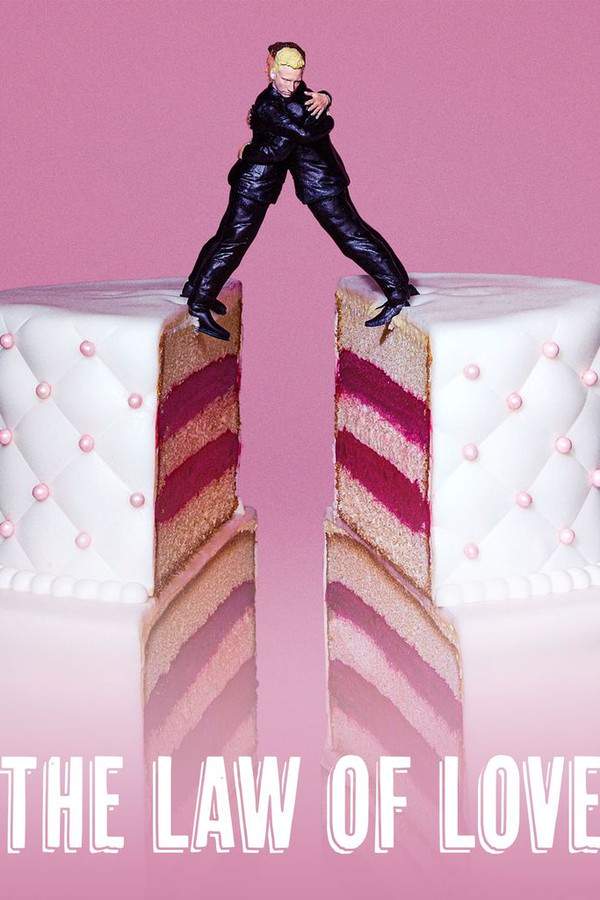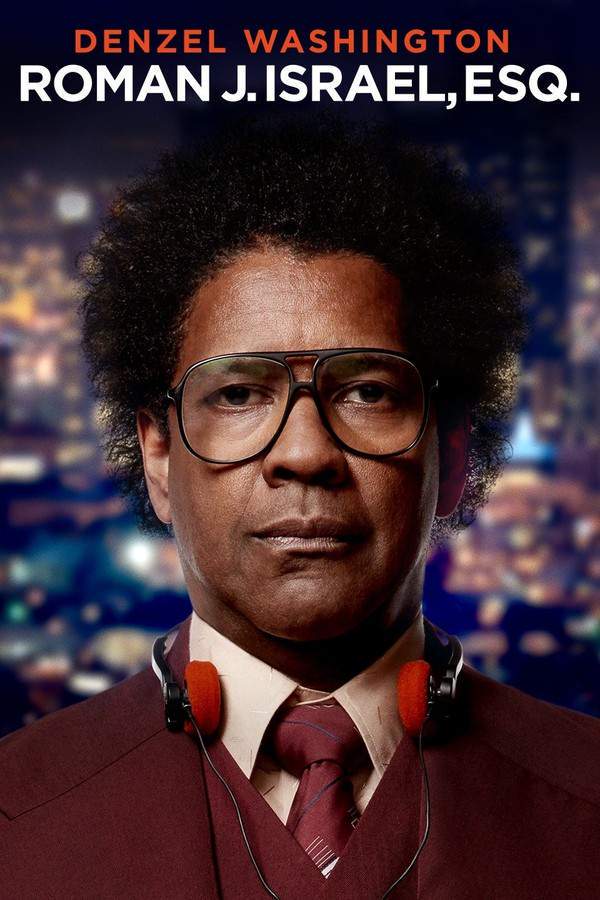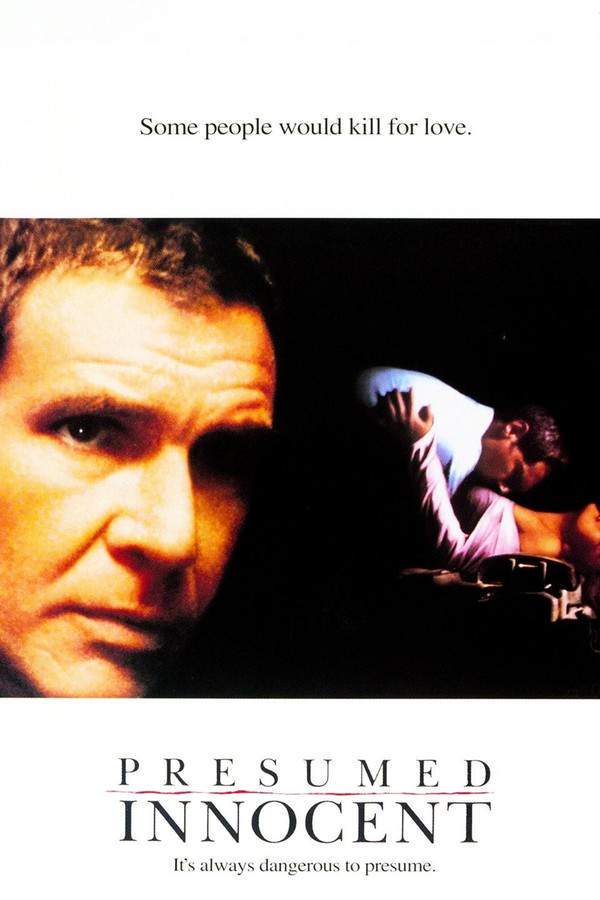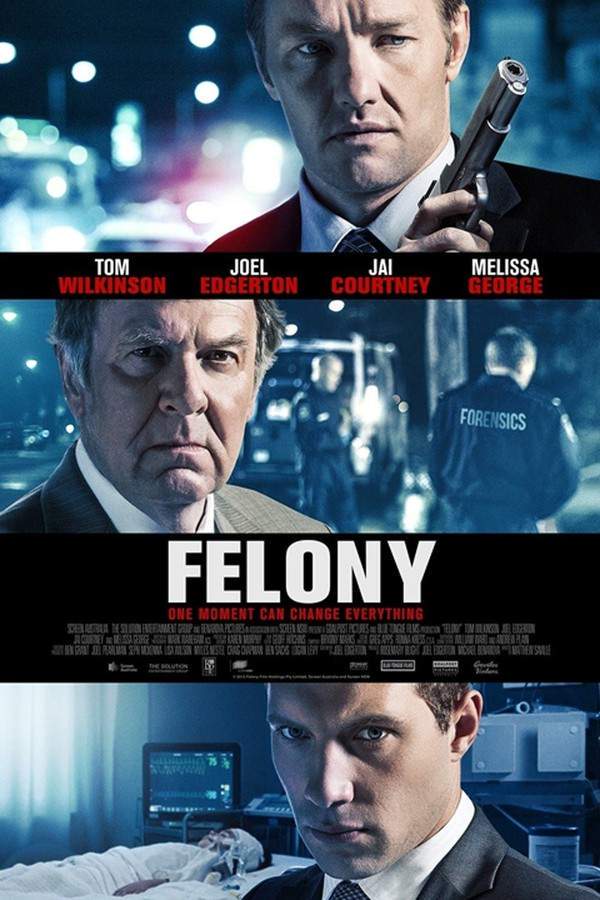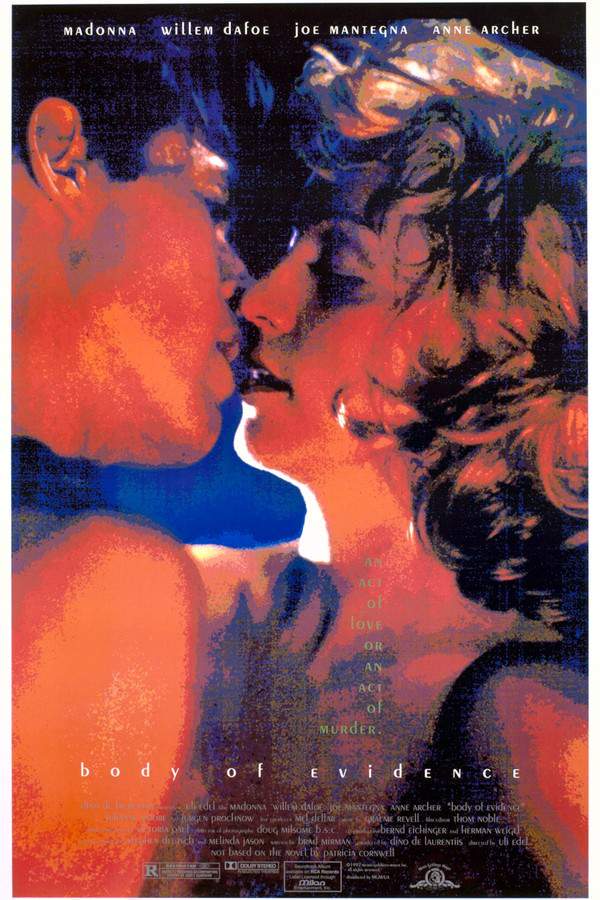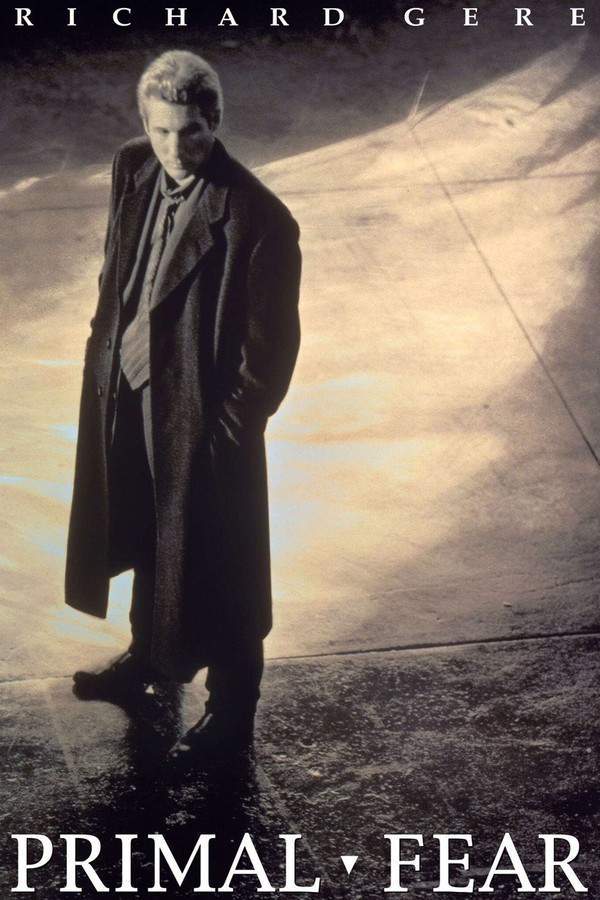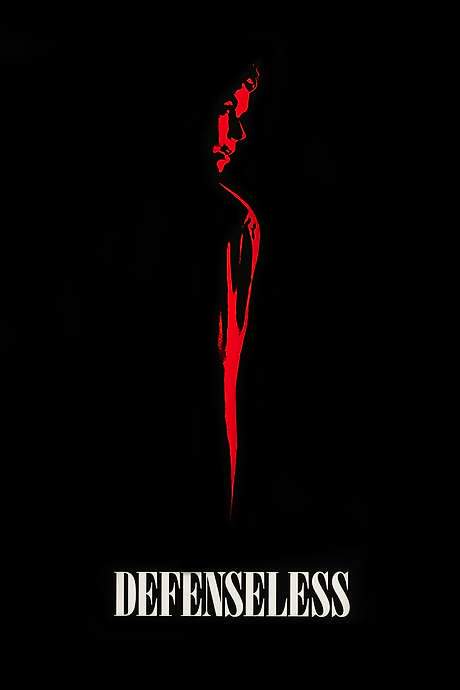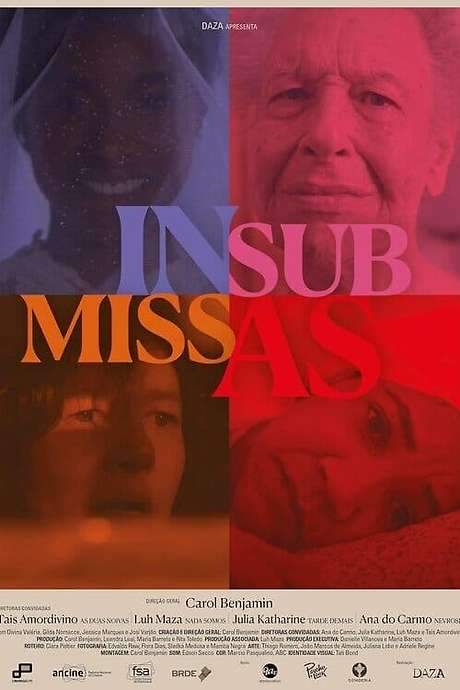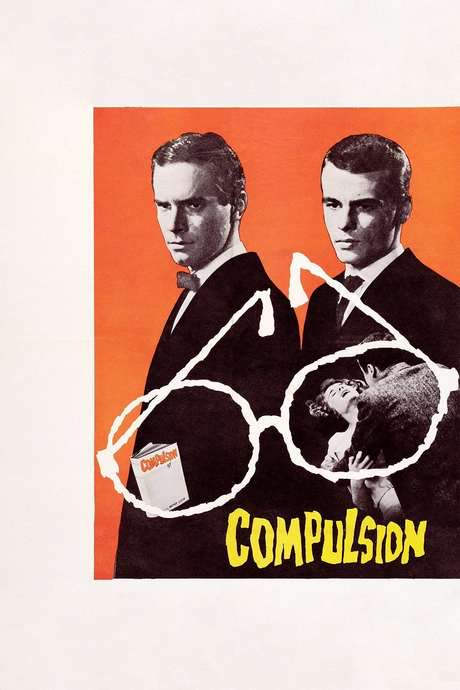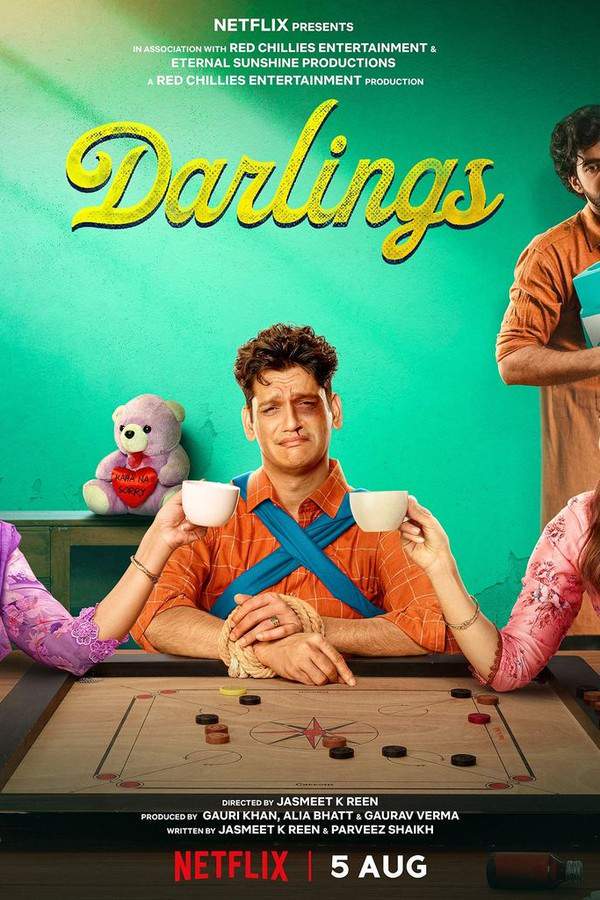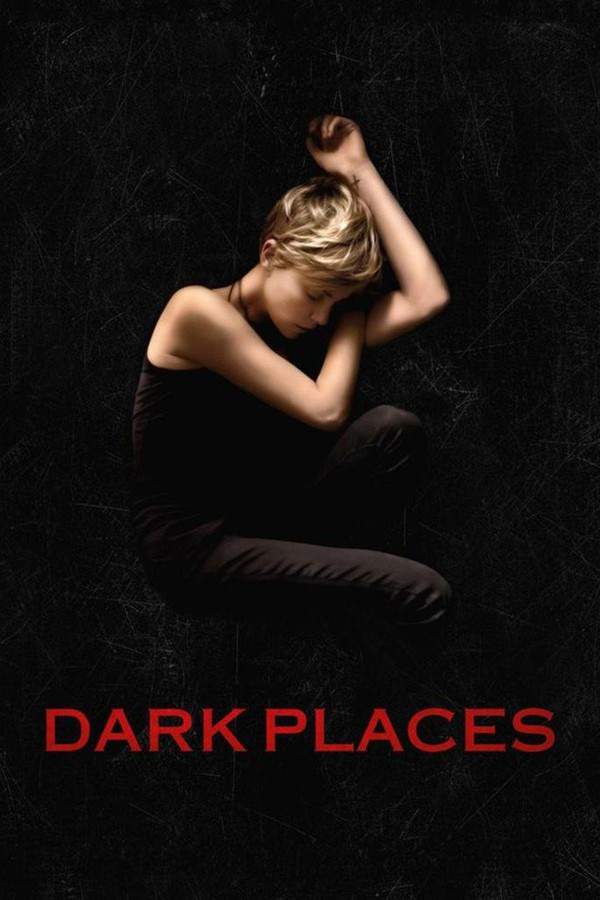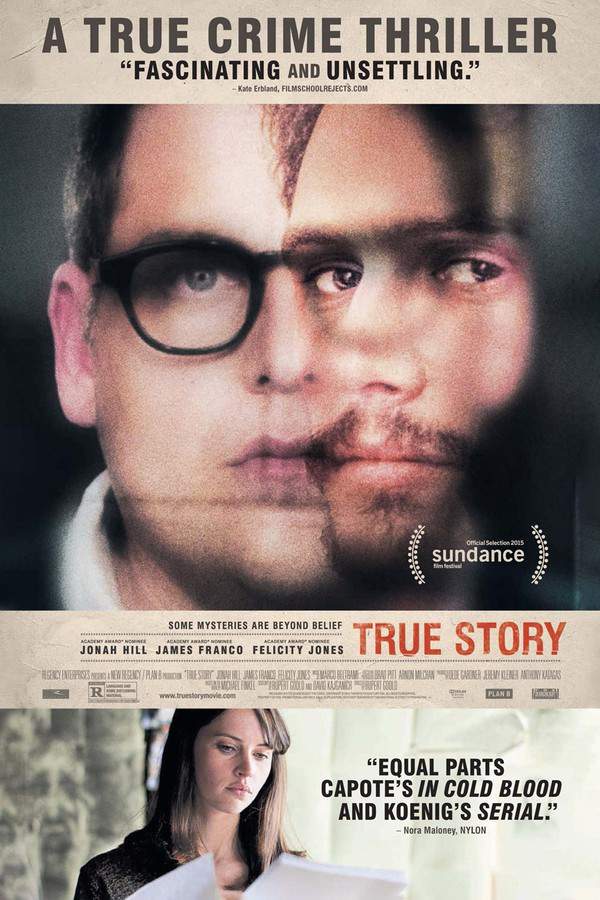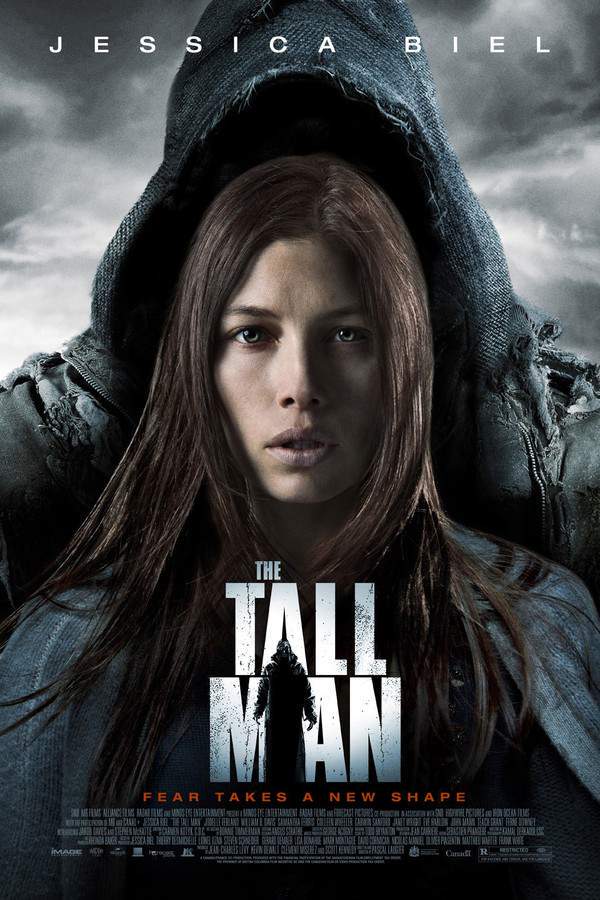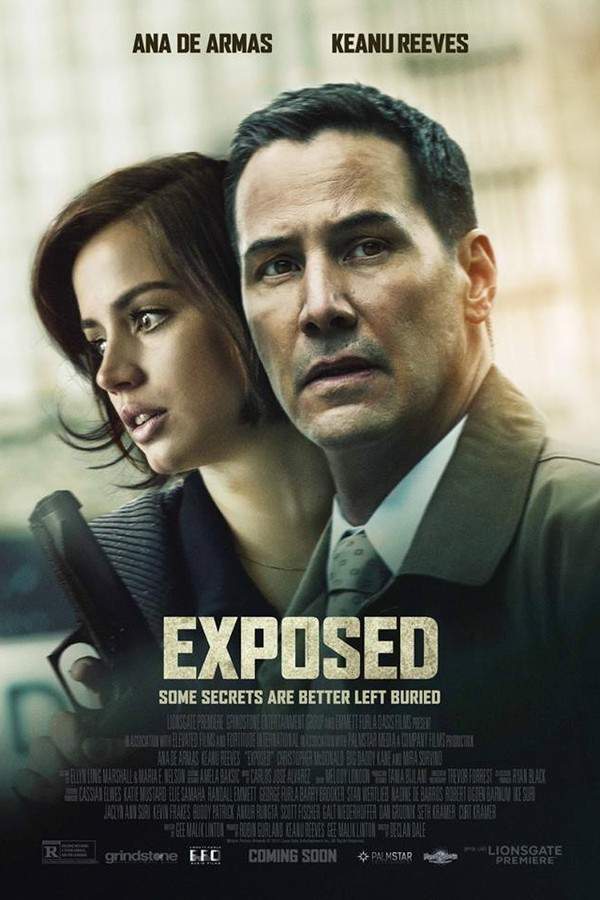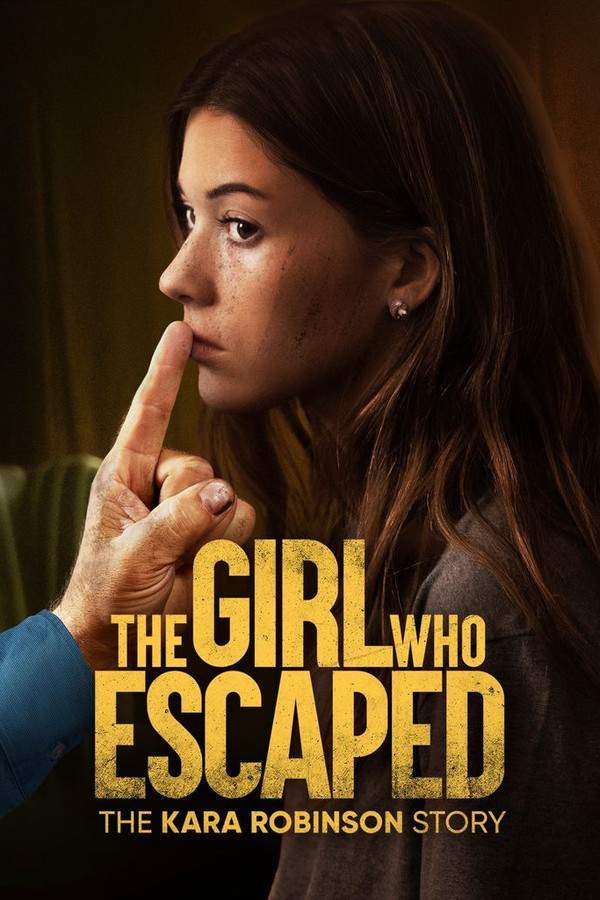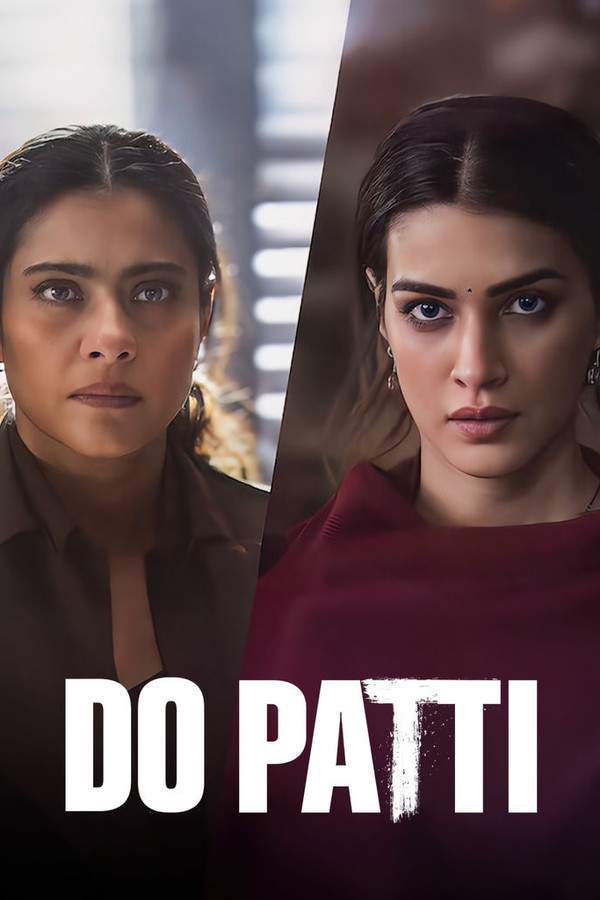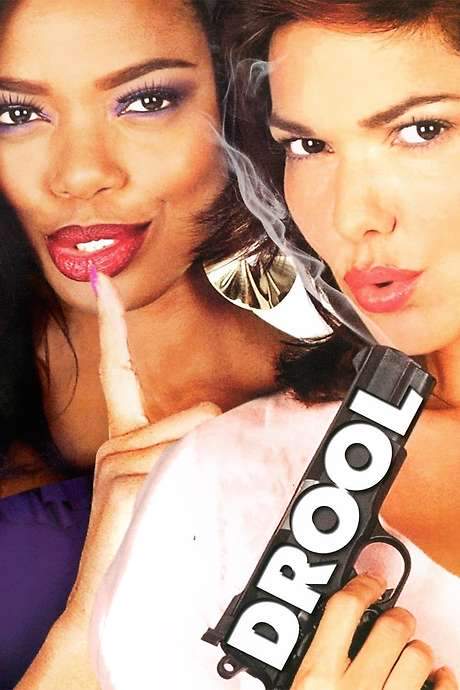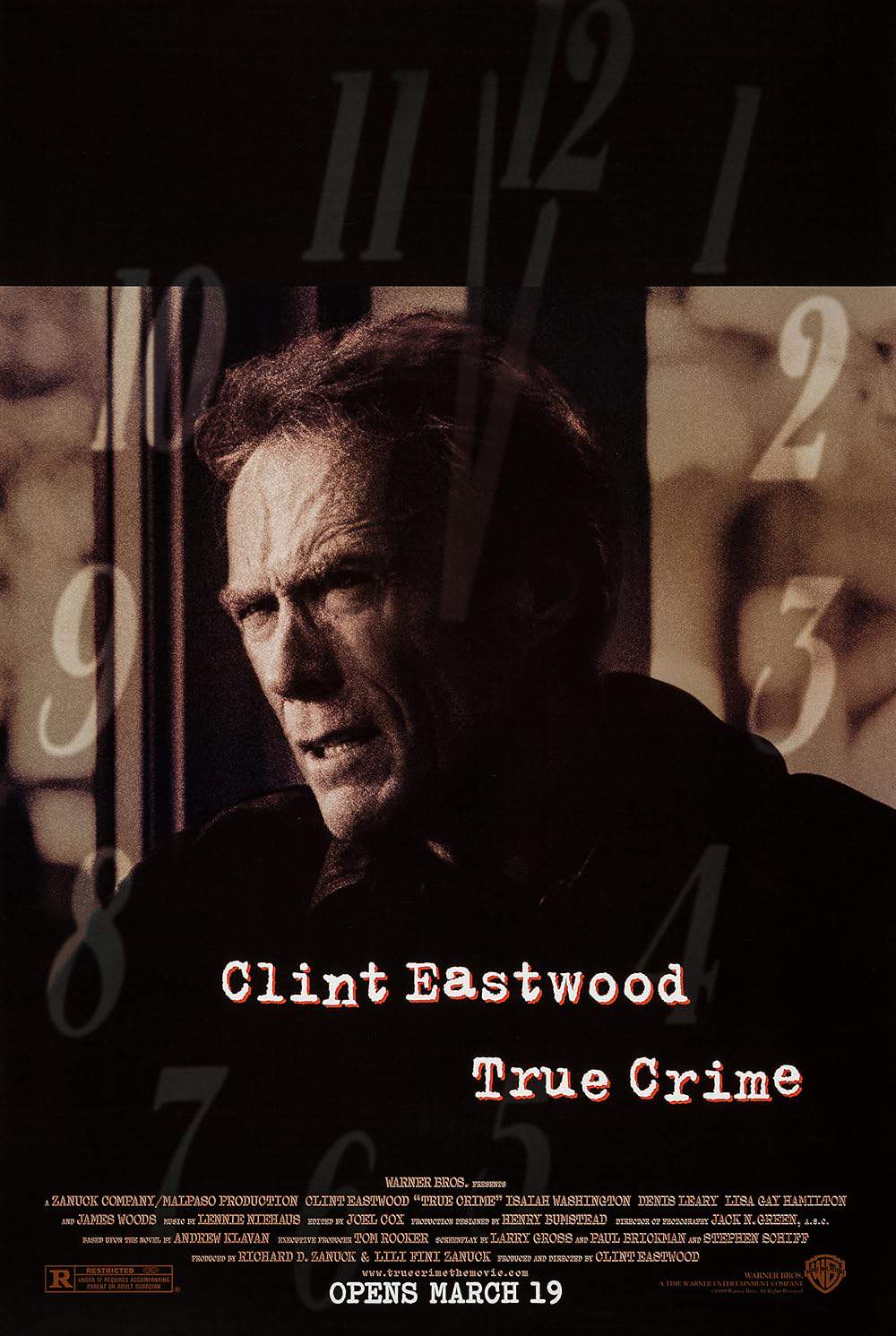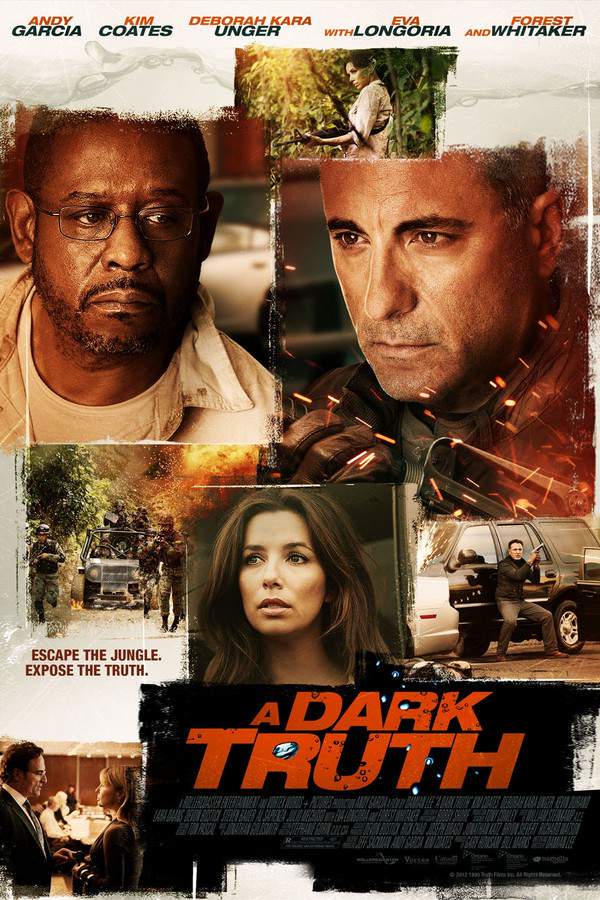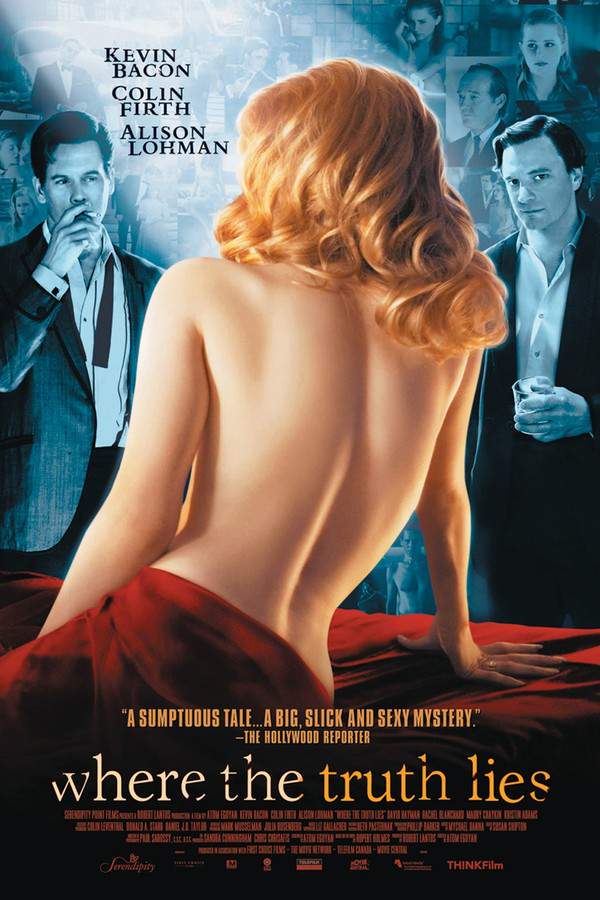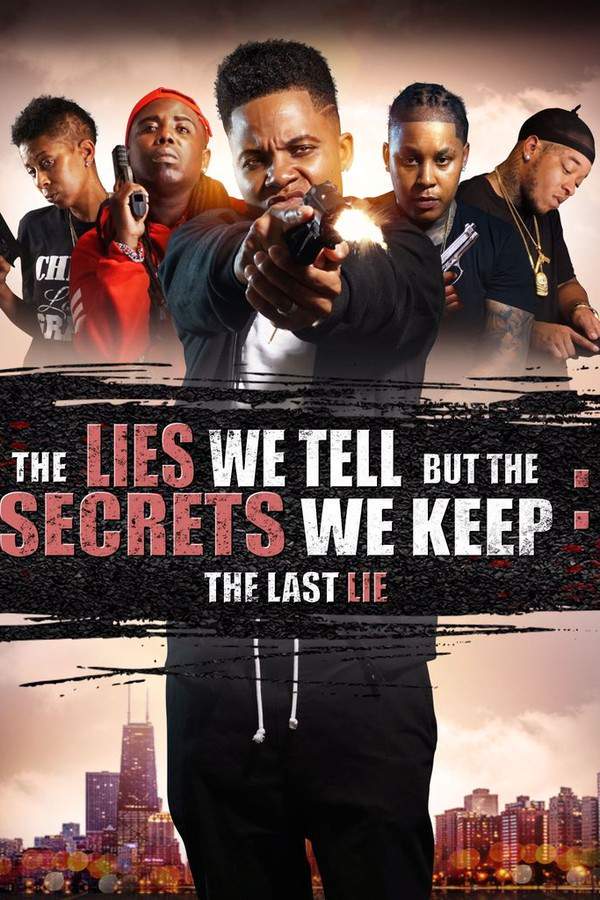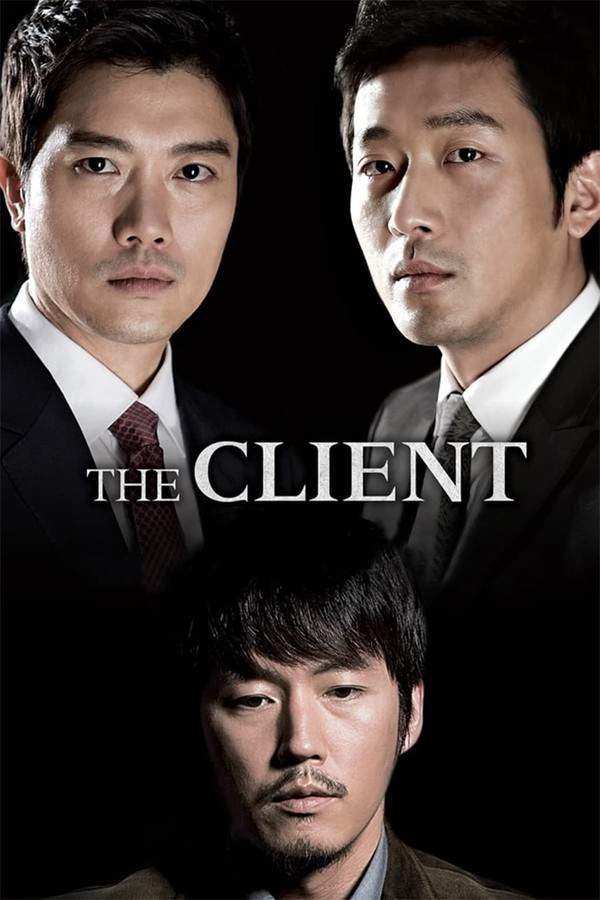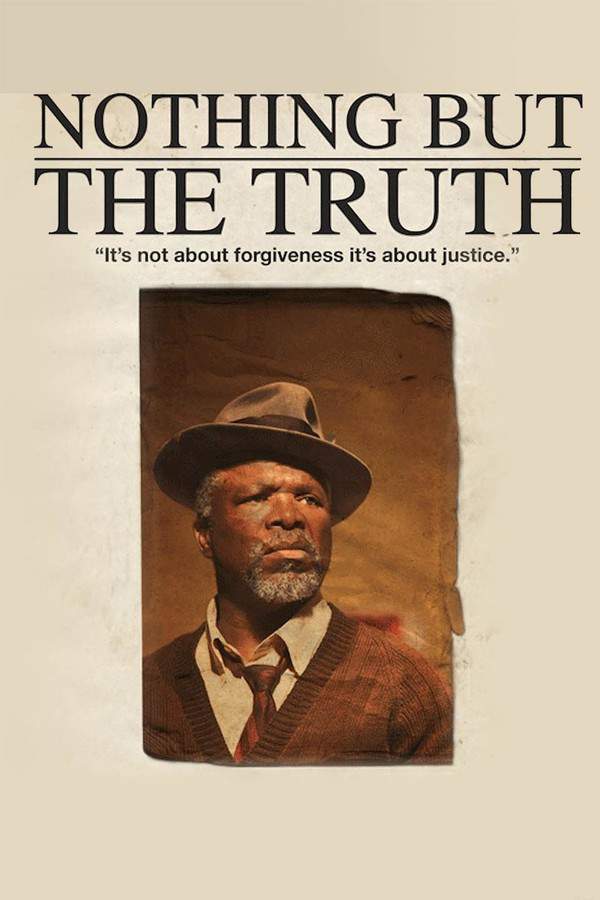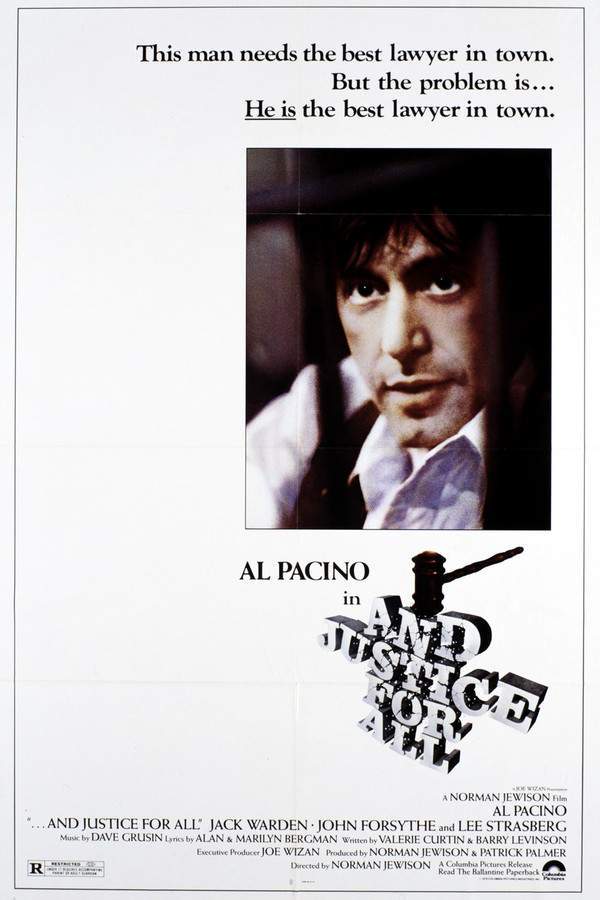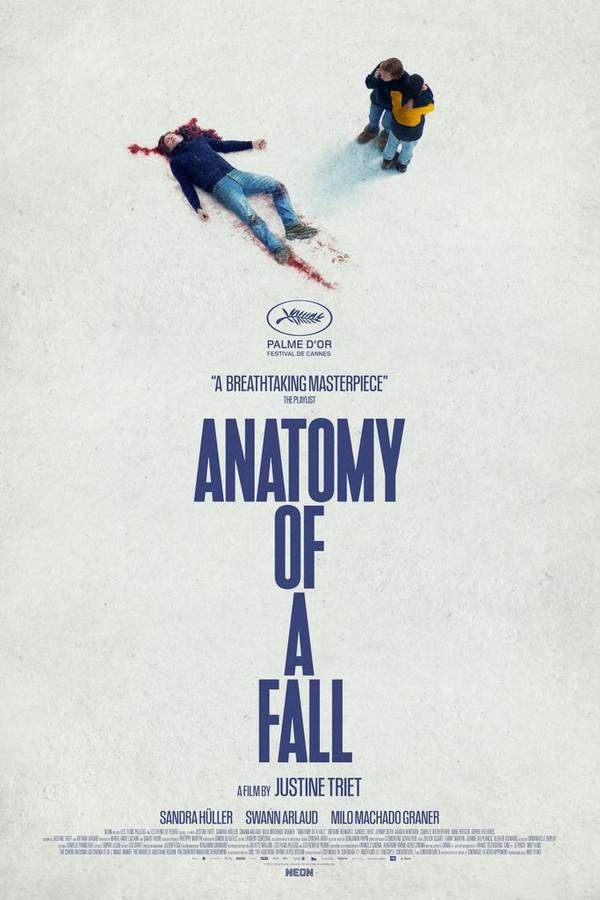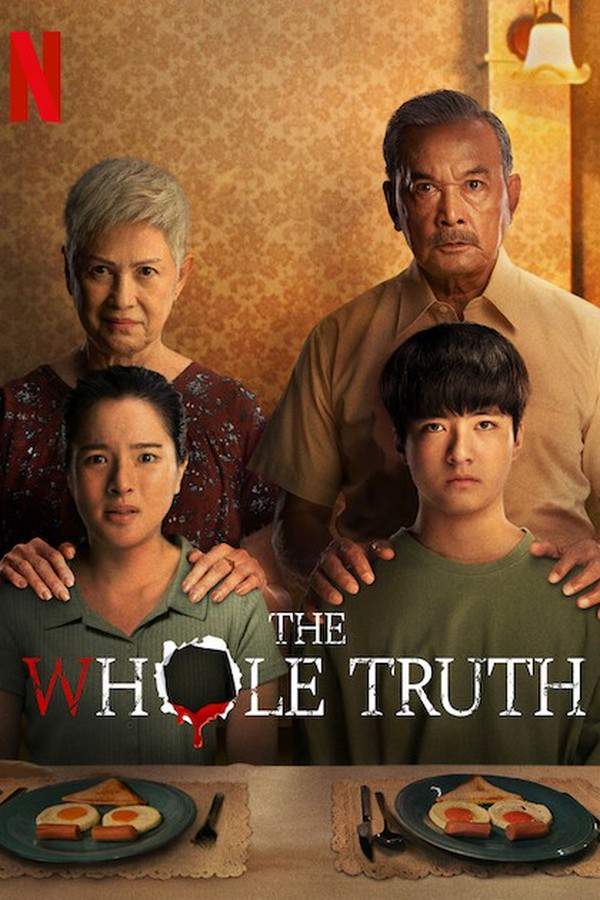
The Whole Truth
Year: 2016
Runtime: 93 min
Language: Thai
Director: Courtney Hunt
A defense attorney, Richard Ramsay, finds himself personally invested when a childhood friend’s son is accused of murder. As he prepares for the trial, unsettling secrets about the victim's life come to light, blurring the lines of justice. Ramsay’s belief in his client’s innocence is tested as a determined colleague begins to uncover a hidden truth that complicates the case and challenges everyone involved.
Warning: spoilers below!
Haven’t seen The Whole Truth yet? This summary contains major spoilers. Bookmark the page, watch the movie, and come back for the full breakdown. If you're ready, scroll on and relive the story!
The Whole Truth (2016) – Full Plot Summary & Ending Explained
Read the complete plot breakdown of The Whole Truth (2016), including all key story events, major twists, and the ending explained in detail. Discover what really happened—and what it all means.
Defense attorney Richard Ramsay (Keanu Reeves) is drawn into the high-stakes case surrounding the alleged murder of 17-year-old Mike Lassiter (Gabriel Basso), who stands accused of killing his wealthy lawyer father, Boone Lassiter (Jim Belushi). As Ramsay grapples with the mounting pressure to defend Mike, he faces a significant challenge: Mike’s silence leaves him without direction or evidence to counter the prosecution. With no clear line of attack, Ramsay attempts to portray Boone as a man who indulged in extramarital affairs during his “business trips” on his private jet.
In a strategic move, Ramsay enlists the help of Janelle Brady (Gugu Mbatha-Raw), a promising young attorney who leaves her corporate law job to join his team. Ramsay also relies on Jack Lagrand (Christopher Berry), his jury consultant, to help navigate the unfolding courtroom drama.
The first piece of evidence comes from Angela Morley, a flight attendant who reveals tension between Mike and Boone during a charter flight. Flashbacks show Mike’s struggle to follow his dreams of attending Reed College, in direct conflict with his father’s insistence on Stanford. Just two days after that fateful flight, Boone’s lifeless body is discovered at home. Eyewitness testimony from a police officer indicates that Mike may have uttered the chilling line, > “I should’ve done it long ago,” and found his fingerprints on the murder weapon.
As the trial proceeds, neighbors paint a picture of a complex relationship between Mike and Boone. Once close, Mike grew more distant as the years went by, often overshadowed by Boone’s arrogance. The courtroom is rife with tension as flashbacks reveal Boone’s numerous affairs and his tyrannical behavior toward Loretta (Renée Zellweger), his long-suffering wife. Despite the lack of alternative leads, Detective Graves believed Mike was guilty from the start, ignoring other possibilities. An expert forensic witness asserts that Mike is the only suspect tied to the crime scene, despite Loretta claiming to be in the shower during the murder.
Loretta bravely testifies about the emotional and physical abuse she endured for years, revealing the devastating details of her last encounter with Boone. Visibly shaken, she explains that after a confrontation, she found her husband’s body and that Mike had confessed to her about the murder. Ramsay shocks the jury with photographs of Loretta’s bruises, taken after Boone’s death, to substantiate her claims of long-term abuse.
In a striking turn, Mike finally breaks his silence and insists on taking the stand against Ramsay’s wishes. He describes the brutal reality of growing up under Boone’s shadow and shockingly confesses to the crime, declaring that he did not kill his father to protect Loretta, but rather to escape the torment he had suffered since the age of twelve. He recounts that the abuse resumed during their flight, ultimately leading to Boone’s demise.
Realizing this was Mike’s strategy from the start, Ramsay faces a moral quandary. If the prosecution had based their case solely on Mike’s guilt, they would struggle to prove it now that the truth has emerged. The flight attendant’s testimony also spirals as she reveals her own secrets under Janelle’s probing questions, raising doubts that could shake the prosecution’s case to its core.
As the trial unfolds, Janelle starts connecting the dots, prompting her to confront Ramsay about Mike’s motives and the possibility that he is shielding Loretta. Their heated argument exposes the ethical dilemma facing Ramsay, who insists that his primary objective is to exonerate Mike, not uncover all the truths behind the case.
Despite the overwhelming nature of the evidence, the jury ultimately acquits Mike, leaving everyone bewildered. However, in a tense moment with Ramsay, Mike hints at his mother’s earlier actions and questions Ramsay’s involvement, asserting that he had been the one to intervene during Boone’s murder.
In a reflective moment, Ramsay recalls the actual chain of events: He and Loretta were having an illicit affair, and when Boone grew suspicious, Ramsay suggested ending the marriage. Boone’s insinuation of lethal consequences led to a conspiracy between Loretta and Ramsay to eliminate Boone, with Ramsay himself carrying out the fatal act. The convoluted web of deceit and the painful truth behind the murder come to light, showcasing the darkest corners of loyalty, betrayal, and survival.
Last Updated: November 03, 2024 at 12:11
Ending Explained – What Happens at the End of The Whole Truth?
Still wondering what the ending of The Whole Truth (2016) really means? Here’s a spoiler-heavy breakdown of the final scene, major twists, and the deeper themes that shape the film’s conclusion.
In the climax of The Whole Truth, the dark secrets of the family are finally laid bare. It is revealed that Wan, the grandmother, was responsible for poisoning Pinya and Putt, motivated by her disgust for deformities in the family. Wan’s hatred for Pinya was rooted in her physical deformities, which led her to poison her with milk, and she continued her hatred towards Putt in a similar way, believing he shared the same flaws. The visions of Pinya—the girl with the hole in her head—were manifestations of Wan’s guilt and her suppressed memories, which the children could see because of the alternate reality or wormhole they believed existed. Wan’s denial and the children’s discoveries exposed her true actions, including her deception about Pinya’s death and her attempt to poison her own grandchildren.
Further revelations unravel the tragic truth about the accident involving Mai, the mother, who initially seemed to be in a coma due to an unspecified injury. It turns out Mai was not responsible for the car crash that injured her. Instead, it was Chaiyut, the man initially believed to have caused the accident, who was actually not driving when the incident occurred, and he was manipulated into believing he was at fault. Mr. Somphong, the grandfather, had killed Chaiyut to hide the truth because Chaiyut was the son of a powerful person and might have escaped punishment. This act was part of a broader effort to conceal the family’s secrets and maintain their reputation.
The most shocking twist is that Mai herself was responsible for Krit’s death. While the official story framed Krit’s death as a suicide, it is revealed that Mai shot Krit out of anger after learning Pinya had died due to her negligence. The bullet in the wall, previously thought to be a suicide note or an accidental gunshot, is actually the bullet Mai fired in her confrontation with Krit. The film concludes with the blurred lines between reality and hallucination, as Mr. Somphong, haunted by hallucinations of the characters involved, ultimately kills what he perceives to be Chaiyut but then realizes it is Wan, who has been shot. Overwhelmed by guilt and madness, his hallucinations and trauma become too much to bear.
In the end, The Whole Truth leaves viewers with a sense of the dark, buried secrets that the family tried to conceal, showing that beneath the surface, their twisted truths and guilt have led to an inevitable, tragic climax. The film suggests that uncovering the full truth often comes at a great personal cost, and the characters are haunted by what they have hidden or denied for so long.
Last Updated: June 25, 2025 at 09:00
Explore Movie Threads
Discover curated groups of movies connected by mood, themes, and story style. Browse collections built around emotion, atmosphere, and narrative focus to easily find films that match what you feel like watching right now.
Legal Thrillers About Unethical Lawyers Like The Whole Truth
Legal thrillers where the attorney's own morality is on trial.Discover movies like The Whole Truth where the line between defense attorney and accomplice blurs. These legal thrillers focus on lawyers who become morally compromised, exploring themes of professional ethics, personal betrayal, and the heavy cost of winning a case at any price.
Narrative Summary
Stories in this thread typically follow a defense attorney who takes on a morally ambiguous case, only to find their personal and professional integrity tested. The narrative often involves uncovering hidden truths that implicate the lawyer themselves, leading to a climax that questions the very nature of justice and the price of victory.
Why These Movies?
These movies are grouped by their shared focus on the lawyer's internal moral crisis. They blend the tension of a courtroom procedural with a character study of ethical decay, creating a dark, intellectually challenging, and emotionally heavy viewing experience centered on betrayal and professional duty.
Movies About Family Secrets Like The Whole Truth
Unraveling dark truths hidden behind a seemingly normal family.If you liked The Whole Truth's exploration of domestic abuse and hidden truths, you'll find similar movies here. These dramas and thrillers center on families whose perfect facade cracks open to reveal dark secrets of betrayal, abuse, and moral compromise that lead to tragic consequences.
Narrative Summary
The narrative pattern involves a placid domestic setting disrupted by a catalyst event, triggering an investigation that peels back layers of deception. Flashbacks and revelations methodically expose a history of abuse, infidelity, or conspiracy, re-contextualizing the present-day crime and revealing that the real tragedy was festering behind closed doors all along.
Why These Movies?
These films share a core focus on the destructive power of familial lies. They create a tense, claustrophobic mood by trapping characters in a web of their own making, delivering a heavy emotional impact through themes of betrayal and the stark contrast between public image and private horror.
Unlock the Full Story of The Whole Truth
Don't stop at just watching — explore The Whole Truth in full detail. From the complete plot summary and scene-by-scene timeline to character breakdowns, thematic analysis, and a deep dive into the ending — every page helps you truly understand what The Whole Truth is all about. Plus, discover what's next after the movie.
The Whole Truth Timeline
Track the full timeline of The Whole Truth with every major event arranged chronologically. Perfect for decoding non-linear storytelling, flashbacks, or parallel narratives with a clear scene-by-scene breakdown.

Characters, Settings & Themes in The Whole Truth
Discover the characters, locations, and core themes that shape The Whole Truth. Get insights into symbolic elements, setting significance, and deeper narrative meaning — ideal for thematic analysis and movie breakdowns.

The Whole Truth Ending Explained
What really happened at the end of The Whole Truth? This detailed ending explained page breaks down final scenes, hidden clues, and alternate interpretations with expert analysis and viewer theories.

The Whole Truth Spoiler-Free Summary
Get a quick, spoiler-free overview of The Whole Truth that covers the main plot points and key details without revealing any major twists or spoilers. Perfect for those who want to know what to expect before diving in.

More About The Whole Truth
Visit What's After the Movie to explore more about The Whole Truth: box office results, cast and crew info, production details, post-credit scenes, and external links — all in one place for movie fans and researchers.

Similar Movies to The Whole Truth
Discover movies like The Whole Truth that share similar genres, themes, and storytelling elements. Whether you’re drawn to the atmosphere, character arcs, or plot structure, these curated recommendations will help you explore more films you’ll love.
Explore More About Movie The Whole Truth
The Whole Truth (2016) Scene-by-Scene Movie Timeline
The Whole Truth (2016) Movie Characters, Themes & Settings
The Whole Truth (2016) Ending Explained & Theories
The Whole Truth (2016) Spoiler-Free Summary & Key Flow
Movies Like The Whole Truth – Similar Titles You’ll Enjoy
True Crime (1999) Ending Explained & Film Insights
A Dark Truth (2013) Ending Explained & Film Insights
Where the Truth Lies (2005) Film Overview & Timeline
The Lie (2020) Full Movie Breakdown
The Client (1994) Spoiler-Packed Plot Recap
Nothing But the Truth (2008) Film Overview & Timeline
...and justice for all. (1979) Ending Explained & Film Insights
Anatomy of a Fall (2023) Full Movie Breakdown
The Truth (1988) Story Summary & Characters
The Whole Truth (2021) Complete Plot Breakdown
The Truth About Murder (1946) Detailed Story Recap
The Whole Truth (1958) Detailed Story Recap
Where the Truth Lies (1999) Complete Plot Breakdown
Where Truth Lies (1996) Detailed Story Recap
The Whole Truth (1923) Full Summary & Key Details

